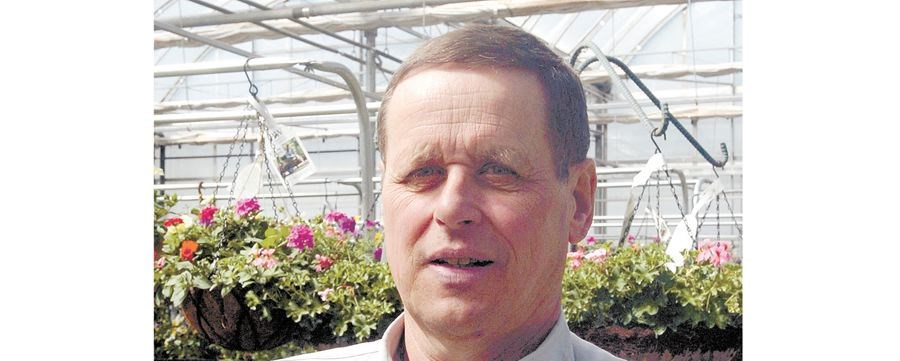It's fall, and one fall chore is raking leaves. These leaves are rich in minerals and will add nutrients to the soil as well as make great mulch.
In nature - or in areas where only trees, shrubs and perennials are grown - the leaves can be left on the ground to slowly decompose and release the nutrients back into the soil. Leaves on the lawn will need to be removed. A thick layer of leaves on the lawn is not healthy for the grass as it blocks the sun. The leaves will either need to be raked up and placed somewhere else, or be broken down by running a lawn mower over them. The broken-down leaves can be left on the lawn to decompose over the winter and provide nutrients to the soil.
Leaves that have been raked off the lawn can be put to different uses. Healthy, disease- and pest-free leaves can be used as a mulch around trees and shrubs. Place a five- to eight-centimetre pile around trees and shrubs, making sure the leaves are not up against the branches or trunk of the shrub or tree as this can cause problems. The mulch will not only add nutrients to the soil, but it will also retain moisture in the soil, keep weeds down and provide an insulating layer against the cold.
The fallen leaves can also be added to the compost pile. They are high in carbon material and are a good source of "brown" for the compost. Don't throw large piles of leaves on the compost as this would take too long for them to decompose. To help leaves break down quickly, place them through a shredder or run them over with a lawn mower. Then layer the shredded leaves with "green" material such vegetable and flower plants that are being cleaned up from the yard, grass clippings, fruit and vegetable scraps, and weeds that are not noxious or ripe with seeds. If you don't have a compost pile, the shredded leaves can be directly mixed into the soil of flower beds and vegetable gardens where they will decompose and add nutrients.
Another form of composting leaves is "leaf mold." This is done by only using the fallen leaves. The leaves are placed in a large pile, or put into a wire cage or bin, or placed in black garbage bags that have been punctured with holes and the top loosely tied. Enough water is added to the leaves to moisten them and then they are left to sit. It can take a year or more until the leaves become a dark brown, crumbly material. This material can be used as a mulch or added to soil as a soil conditioner, improving the soil's structure and water retention.
Evergreen needles such as pine needles can also be used as mulch or compost. They are slow to decompose and make an attractive, lightweight, airy mulch, as they do not compact, allowing for air and water to filter through to the soil. A thick layer of pine needles on a path or around trees will suppress weeds, retain soil moisture and regulate soil temperatures. Small amounts of fallen pine needles can also be added to the compost. Do not add more than eight to 10 per cent of the total compost makeup.
Pine needles have a waxy substance, slowing the breakdown process, so breaking the needles down with a shredder or lawn mower will help.
So, when you are raking up all those leaves and needles, think about all the benefits you can get from them, besides the exercise.



